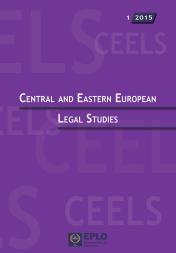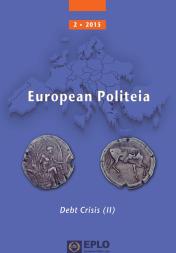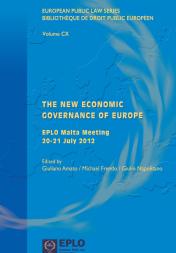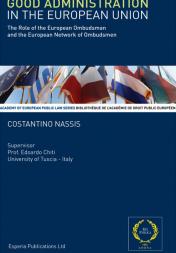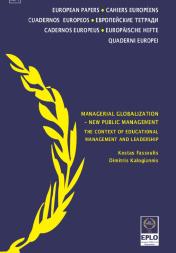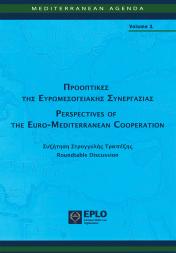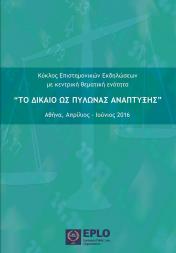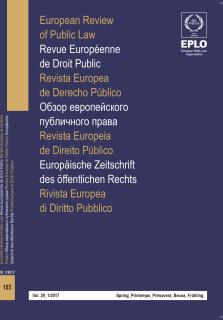
Immigrants and Refugees’
Administrative Detention and Habeas Corpus
Professor of Constitutional Law, Observatory of Public Law-IDP Barcelona, University of Barcelona. dmoya@ub.edu
Immigrants and asylum seekers are entitled to the protection of the law during administrative detention. Aliens deprived of liberty wishing to challenge the conditions of their detention can under para f) of Art. 5.1 ECHR benefit from the protection of Art. 5.4 ECHR that provides for a prompt judicial control of their detention. The procedure established by Art. 5.4 ECHR can take the form of a Habeas Corpus as it has been developed by the national legislation of many Council of Europe’s member states, but remains still far from instituting a common European procedure of Habeas Corpus. However, the 2015 “refugee crisis” in Europe has shown some of the limitations of such procedural safeguard raising many doubts and concerns as to its operability in view of its conformity with certain provisions of the EU Return Directive and the new CEAS Asylum Reform Package. The present paper provides some guidelines and case-law in order to contribute to the clarification of the rights of asylum seekers in this complex context.
Les immigrants et les demandeurs d’asile jouissent de la protection de la loi durant la détention administrative. Selon l’article 5, paragraphe 1, point f, de la CEDH, les étrangers privés de liberté souhaitant contester les conditions de leur détention peuvent bénéficier de la protection prévue à l’article 5, paragraphe 4, de la CEDH, qui prévoit un contrôle judiciaire rapide de leur détention. La procédure prévue par l’article 5, paragraphe 4, de la CEDH peut prendre la forme d’un habeas corpus tel que développé par la législation interne de nombreux Etats membres du Conseil de l’Europe, mais on est encore loin d’une procédure européenne commune de l’habeas corpus. Cependant, la “crise des réfugiés” de 2015 en Europe a révélé les limites d’une telle sauvegarde procédurale et a soulevé des doutes et des préoccupations concernant son caractère opérationnel, vu la manière dont elle concorde avec certaines dispositions de la “directive retour” de l’UE et avec le nouveau “paquet asile” du RAEC (régime d’asile européen commun). Cette étude fournit quelques orientations et exemples de jurisprudence afin de contribuer à la clarification des droits des demandeurs d’asile dans cet environnement complexe.





